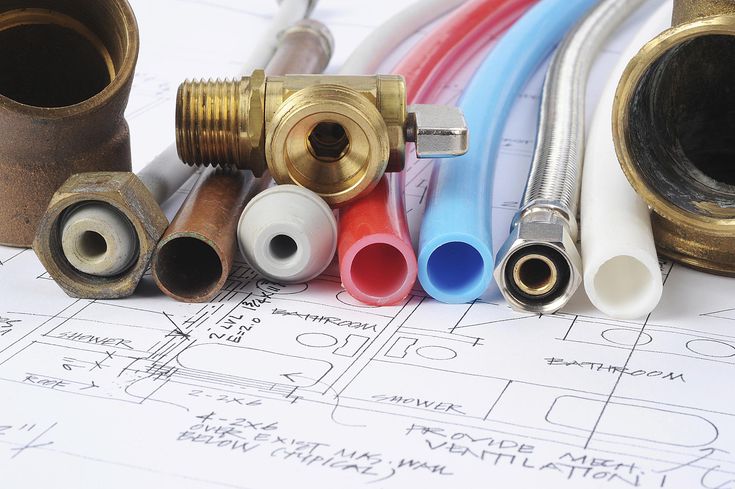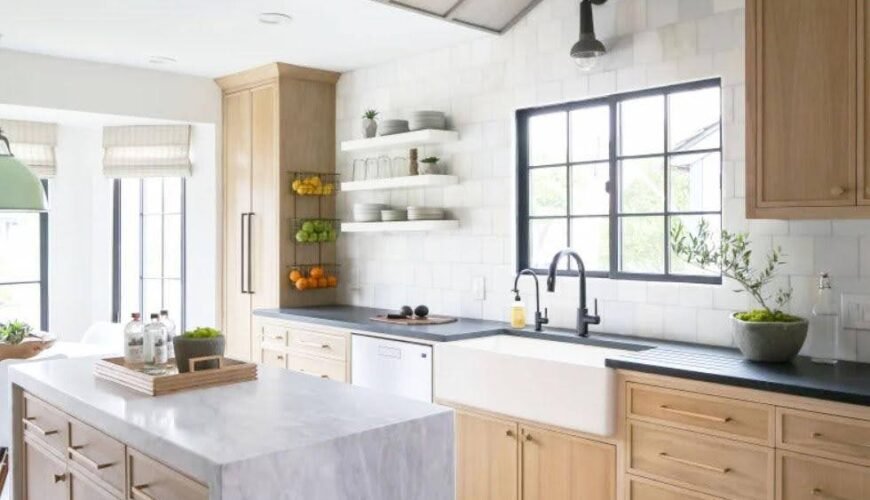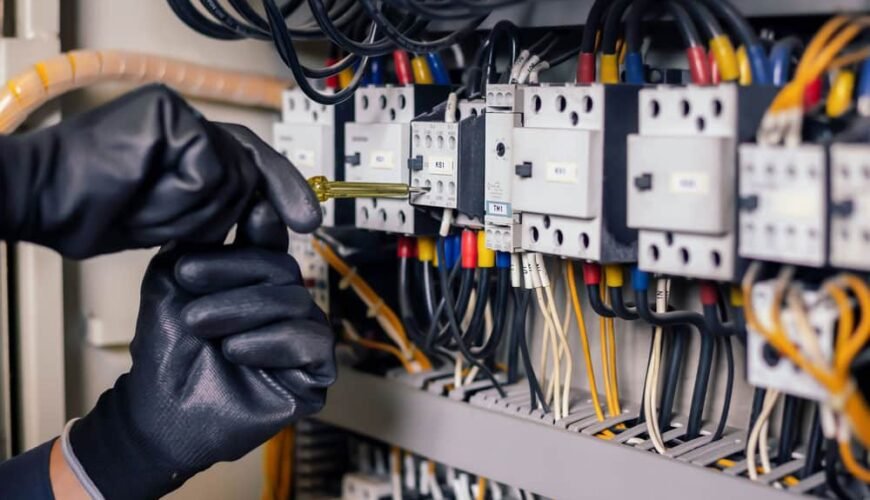Thinking about renovating your bathroom or installing a better food disposal system in the kitchen? Whether you love making DIY improvements to your home or you want to be ready for any possible plumbing emergency, you have to start with the right tools. Knowing what type of pipe material belongs where can make it easier to plan your next improvement or replace a bad connection. Here are four types of plumbing pipes you might see in your home and what you should know about each type.
1. ABS Pipes
ABS pipes, or Acrylonitrile-Butadiene-Styrene pipes, are becoming popular for drain, waste, and vent (DWV) applications. They are a lightweight plastic material that plumbers can install more easily and cheaply than traditional metal pipes. The advantages of ABS include low weight, resistance to rot and corrosion, and durability in high-temperature applications of up to 140°F.
While ABS pipes aren’t ideal for pressurized water systems, both commercial and residential buildings can use them for DWV systems.
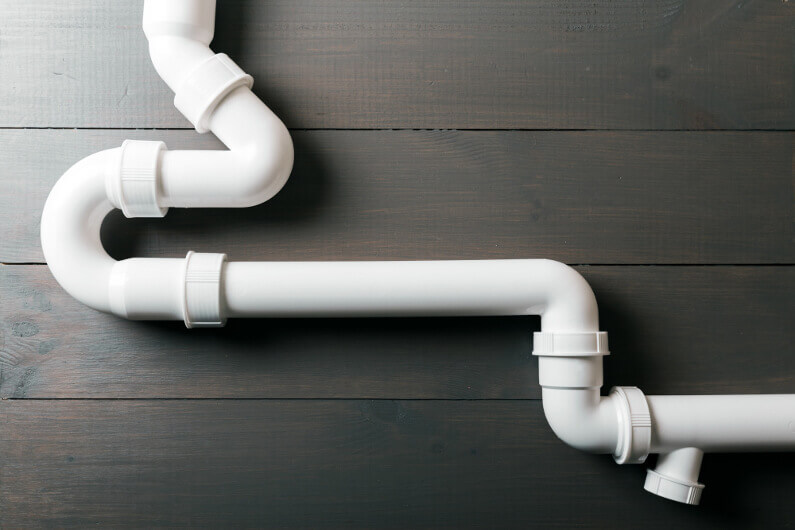
2. PEX Pipes
This material is modern piping at its finest. The material is flexible, can bend inside of walls to meet tight space requirements, and withstands freezing conditions. DIYers and professional plumbers can use PEX to retrofit older home plumbing systems, replace older metal or CPVC pipes, or install new systems when low ventilation conditions make glues dangerous. The only drawback is PEX pipes can’t be directly connected to hot water sources like water heaters.
3. PVC Pipes
PVC pipe, or polyvinyl chloride, is the default white pipe material you might find inside most homes and commercial buildings. It’s easy to use, easy to afford, and available at every home improvement store. The material can handle both cold and warm water without damage, so it fits most residential plumbing projects.
However, PVC pipes can warp if it contacts hot water. Unlike PEX, which just needs a copper connector to handle the first 18 or so inches of output from a water heater, PVC can’t handle any hot water. So use another pipe material to deliver hot water to sinks, showers, and appliances.
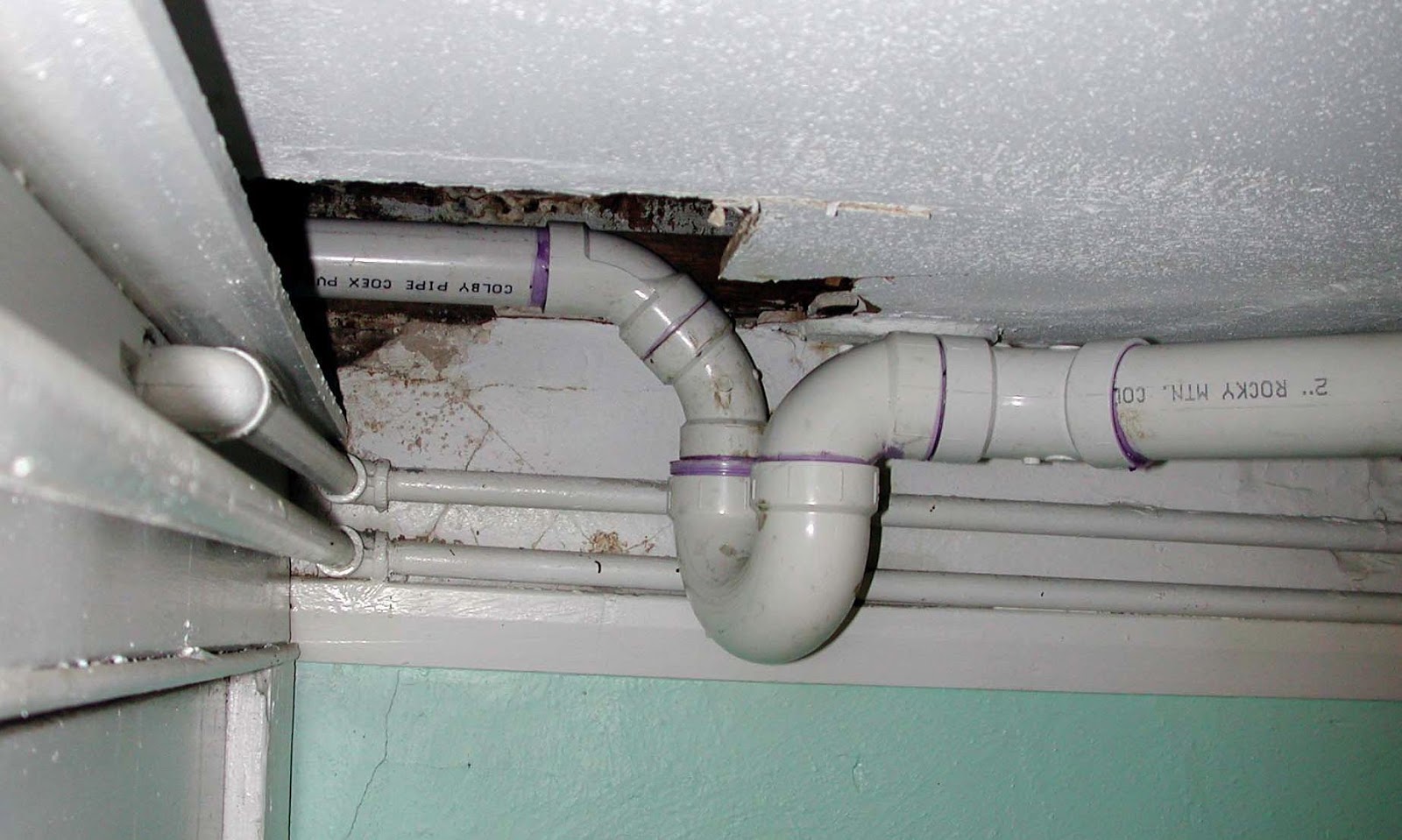
4. Rigid Copper Pipes
Copper pipes can handle hot and cold water temperatures. Whenever plastic materials such as PVC or PEX aren’t a good fit, most installation manuals will suggest you use copper instead. Two drawbacks of copper are that the material can leak and crimp. If you bend the metal too sharply, it will lose its shape, crack, or not fit connectors and seals. Copper pipes require either soldering or specialized fittings.
Copper is the traditional plumbing material found in most older homes and commercial buildings. It’s still used today for corrosion- and damage-resistant plumbing, especially near hot water fixtures.
Knowing the different properties and ideal applications for different plumbing pipes can help you complete DIY projects with fewer trips to the home improvement store. It can also help you troubleshoot leaks and plumbing problems so you know when you can fix a broken pipe or if it’s time to call in a professional plumber.

